In this informative article, you will discover effective techniques for mosquito management, focusing on prevention and treatment. Whether you’re enjoying a backyard barbecue or exploring the great outdoors, mosquitoes can be a persistent annoyance. We will explore methods to keep these pesky insects at bay, including tips for eliminating breeding grounds and using repellents, as well as techniques for treating mosquito bites. By following these valuable strategies, you can enjoy a mosquito-free environment and make the most of your outdoor activities.
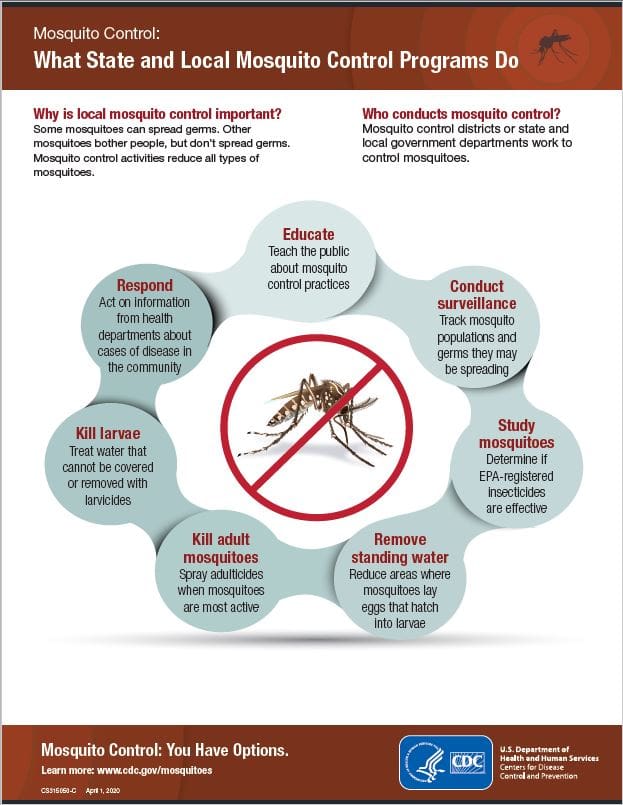
Understanding Mosquitoes
Mosquitoes are small, flying insects that belong to the Culicidae family. They are known for their ability to annoy and irritate humans, as well as transmit various diseases. Understanding their life cycle, behavior, and common species is essential in effectively managing and controlling these pesky pests.
Life Cycle of Mosquitoes
Mosquitoes undergo a four-stage life cycle, consisting of egg, larva, pupa, and adult. Female mosquitoes lay their eggs on or near water sources, such as stagnant ponds, pools, or even small containers with water. The eggs hatch into larvae, commonly known as wigglers, which live in water and feed on organic matter. After the larval stage, they transform into pupae, commonly referred to as tumblers, which do not feed but instead undergo metamorphosis. Finally, the adult mosquito emerges from the pupa and begins seeking a blood meal to reproduce.
Mosquito Behavior and Habits
Mosquitoes are primarily active during dusk and dawn, although some species may also bite during the day. They are attracted to humans and animals by the carbon dioxide we exhale, as well as body heat and certain odors. Female mosquitoes require a blood meal to produce viable eggs, while males feed on plant nectar. Mosquitoes are capable of flying several miles in search of suitable hosts and breeding sites.
Common Mosquito Species
There are thousands of mosquito species worldwide, but some are more prevalent and of greater concern due to their ability to transmit diseases. In North America, the most common species include the Aedes, Culex, and Anopheles mosquitoes. Aedes mosquitoes are known for transmitting diseases such as Zika virus, dengue fever, and chikungunya. Culex mosquitoes are responsible for transmitting West Nile virus, while Anopheles mosquitoes can spread malaria.
Preventing Mosquito Infestation
Prevention is key when it comes to managing mosquito populations and reducing the risk of mosquito-borne diseases. By eliminating breeding sites, using mosquito repellents, installing screens on windows and doors, wearing protective clothing, and utilizing mosquito traps, you can greatly reduce the number of mosquitoes in your surroundings.
Eliminating Breeding Sites
One of the most effective ways to prevent mosquito infestation is by eliminating their breeding sites. Mosquitoes require stagnant water to lay their eggs and complete their life cycle. Regularly emptying and cleaning birdbaths, flower pots, gutters, and other containers that can collect water will greatly reduce breeding opportunities for mosquitoes. It is also important to properly maintain swimming pools and keep them chlorinated to prevent mosquitoes from breeding.
Using Mosquito Repellents
Mosquito repellents are an essential tool in preventing mosquito bites. Choose repellents that contain ingredients such as DEET, picaridin, or oil of lemon eucalyptus, as these have been proven effective in repelling mosquitoes. Apply the repellent to exposed skin and clothing, following the instructions on the product label. It is important to reapply repellents as directed, especially if you are sweating or spending extended periods outdoors.
Installing Window and Door Screens
Installing window and door screens is another effective way to prevent mosquitoes from entering your home. Ensure that all windows and doors are properly screened and that there are no gaps or tears that mosquitoes could squeeze through. This allows you to enjoy fresh air while keeping mosquitoes and other flying insects out of your living spaces.
Applying Protective Clothing
When venturing outdoors during peak mosquito activity times, wearing protective clothing can greatly reduce the risk of mosquito bites. Opt for long-sleeved shirts, long pants, and socks that cover your skin. Light-colored clothing is less attractive to mosquitoes, so consider wearing lighter shades. Additionally, tucking your pants into your socks and wearing closed-toe shoes provides an extra barrier between you and mosquitoes.
Using Mosquito Traps
Mosquito traps can be effective in reducing mosquito populations in your yard. There are various types of traps available, including those that use carbon dioxide or mosquito attractants to lure and capture mosquitoes. These traps should be strategically placed in areas where mosquitoes are commonly found, such as near standing water sources or outdoor seating areas.
Mosquito-Proofing Your Home
Mosquito-proofing your home is essential in creating a barrier between you and these pesky insects. By sealing entry points, repelling mosquitoes with plants, keeping indoor spaces clean, using mosquito netting, and utilizing mosquito-proofing services, you can minimize the presence of mosquitoes in and around your home.
Sealing Entry Points
To prevent mosquitoes from entering your home, it is important to seal any potential entry points. Inspect doors, windows, and screens for gaps or tears and repair them promptly. Use weatherstripping to seal gaps around doors and windows, and ensure that doors have door sweeps installed to create a tight seal at the bottom. This will help keep mosquitoes from finding their way inside.
Repelling Mosquitoes with Plants
Certain plants have natural mosquito-repellent properties and can be used to repel mosquitoes from your yard. Planting lavender, citronella, marigolds, and catnip can help reduce mosquito activity. These plants contain compounds that mosquitoes find unappealing, effectively repelling them. Additionally, placing potted plants of these varieties near outdoor seating areas can provide an extra layer of protection against mosquitoes.
Keeping Indoor Spaces Clean
Keeping indoor spaces clean and free of clutter is important in reducing mosquito hiding places. Mosquitoes can hide in dark corners, under furniture, or behind curtains during the day. Regularly vacuuming, dusting, and decluttering will help eliminate these potential resting places. Additionally, emptying and cleaning pet water bowls regularly will prevent mosquitoes from using them as breeding sites.
Using Mosquito Netting
Mosquito netting is an effective barrier that can be used to protect sleeping areas from mosquitoes. Installing mosquito nets over beds or cribs creates a physical barrier between you and the mosquitoes, preventing them from biting while you sleep. Mosquito netting can be also used to cover windows and doors, providing additional protection against mosquito entry.
Utilizing Mosquito-Proofing Services
If you find it challenging to effectively mosquito-proof your home on your own, consider hiring professional mosquito-proofing services. These services specialize in identifying potential breeding sites, sealing entry points, and implementing mosquito control strategies tailored to your specific needs. Professional pest control technicians have the knowledge and expertise to effectively manage mosquito populations and provide long-lasting solutions.
Natural Approaches to Mosquito Control
For those who prefer natural alternatives, several approaches can be taken to control mosquitoes without the use of chemical insecticides. Using essential oils as mosquito repellents, natural mosquito larvicides, creating mosquito-repelling landscapes, using biological controls, and attracting mosquito predators can help reduce mosquito populations and minimize their impact.
Essential Oils as Mosquito Repellents
Essential oils have long been used as natural mosquito repellents. Oils such as citronella, eucalyptus, lavender, and peppermint are known to have effective mosquito-repellent properties. They can be applied to the skin, diluted in carrier oils, or used in diffusers to create a mosquito-repelling atmosphere. However, it is important to note that essential oils should be used with caution and according to instructions, as some individuals may be sensitive to certain oils.
Natural Mosquito Larvicides
To control mosquito larvae in water sources around your property, natural larvicides can be used. Bacillus thuringiensis israelensis (Bti) and Bacillus sphaericus (Bs) are two naturally occurring bacteria that are lethal to mosquito larvae. These bacteria can be added to standing water sources, such as ponds or birdbaths, to kill mosquito larvae without harming other beneficial insects or animals.
Creating Mosquito-Repelling Landscapes
Designing your landscape with mosquito-repelling plants can help deter mosquitoes from your outdoor spaces. Plants such as citronella, lemon balm, basil, and rosemary have natural mosquito-repellent properties and can be strategically placed in areas where you spend the most time. Additionally, incorporating water features that attract mosquito predators, such as dragonflies and birds, can help keep mosquito populations in check.
Using Biological Controls
Biological controls, such as certain fish species, can be employed to naturally control mosquito larvae in ponds or other standing water sources. Species like Gambusia affinis, or mosquito fish, are voracious consumers of mosquito larvae and can be introduced to water bodies to keep mosquito populations in check. Before introducing any fish or other organisms, it is important to research local regulations and ensure that they are appropriate for your specific area.
Attracting Mosquito Predators
Encouraging natural mosquito predators to visit your yard can help control mosquito populations. Dragonflies, birds, bats, and frogs are among the natural enemies of mosquitoes and can significantly reduce their numbers. Creating habitats that attract these predators, such as planting native plants and providing suitable water sources, can help maintain a balanced ecosystem and minimize mosquito-related issues.
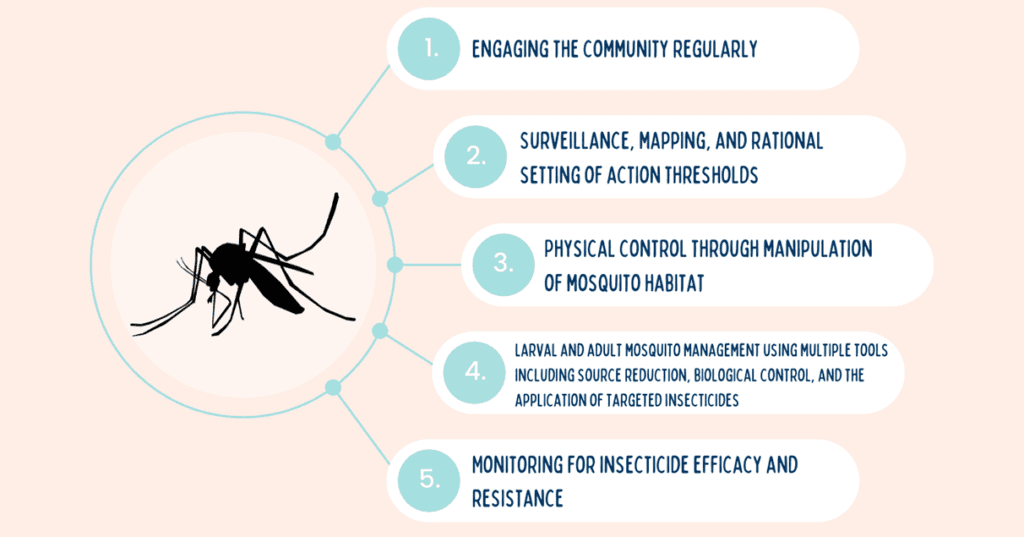
Chemical Mosquito Control
While natural approaches can be effective, chemical mosquito control methods may be necessary in situations where mosquito populations are high or mosquito-borne diseases pose a significant risk. Insecticides for outdoor mosquito control, larvicides and adulticides, applying insect repellents, fogging and spraying techniques, and hiring professional pest control services are options available for chemical mosquito control.
Insecticides for Outdoor Mosquito Control
Insecticides formulated specifically for outdoor mosquito control can be used to treat areas where mosquitoes rest or congregate. These may include foliage, underbrush, or areas with dense vegetation. Insecticides can be applied using sprayers or foggers, depending on the target area. It is important to read and follow the label instructions carefully to ensure effective and safe use.
Larvicides and Adulticides
Larvicides are pesticides designed to kill mosquito larvae and prevent them from developing into adults. They are typically applied to stagnant water sources, such as ponds, ditches, or containers. Adulticides, on the other hand, are used to kill adult mosquitoes and are applied as sprays or foggers. These chemical control methods should be used judiciously, following the instructions provided, to minimize potential harm to non-target organisms.
Applying Insect Repellents
When spending time outdoors in areas with high mosquito activity, applying insect repellents containing DEET, picaridin, or other recommended active ingredients is an effective way to deter mosquitoes. These repellents create a barrier on the skin that makes it difficult for mosquitoes to detect and bite. It is important to apply repellents as directed and avoid spraying them on open wounds, cuts, or irritated skin.
Fogging and Spraying Techniques
In situations where mosquito populations are particularly high or an immediate reduction is required, fogging and spraying techniques can be employed. Fogging involves using a fogger machine to disperse a fine mist of insecticide into the air, targeting adult mosquitoes in their resting areas. Spraying is typically used to treat specific areas, such as shrubbery or outdoor seating areas. These techniques should be carried out by trained professionals to ensure safety and effectiveness.
Hiring Professional Pest Control Services
For severe mosquito infestations or when mosquito-borne diseases are a significant concern, it is advisable to seek the assistance of professional pest control services. Pest control technicians have the knowledge, experience, and access to a wide range of products and techniques to effectively manage and control mosquito populations. They can provide tailored solutions based on the specific needs of your property and ensure the safety of your family and pets.
Managing Mosquitoes in Different Environments
Different environments present unique challenges when it comes to managing mosquitoes. Whether you live in urban or rural areas, waterlogged regions, or tropical or temperate climates, there are specific strategies and considerations to keep in mind to effectively manage mosquitoes in your surroundings.
Mosquitoes in Urban Areas
Urban areas are often densely populated, providing a suitable environment for mosquitoes to thrive. Managing mosquitoes in urban areas requires a combination of eliminating breeding sites, using repellents, and implementing ongoing control measures. Regular inspection and maintenance of properties, such as proper waste management and drainage, can help reduce mosquito populations in urban settings.
Mosquitoes in Rural Areas
Rural areas may have larger breeding sites, such as ponds or agricultural fields, which can contribute to higher mosquito populations. In addition to implementing measures to eliminate breeding sites, rural residents can use mosquito netting over windows and doors, avoid outdoor activities during peak mosquito activity, and consider natural and chemical control methods to minimize mosquito-related issues.
Mosquitoes in Waterlogged Areas
Waterlogged areas pose a significant challenge in mosquito control, as mosquitoes require stagnant water to lay their eggs and complete their life cycle. In waterlogged areas, it is crucial to regularly inspect and maintain drainage systems, clear clogged culverts, and ensure proper water flow to prevent the accumulation of standing water. Additionally, larvicides can be used to treat larger bodies of water to control mosquito larvae.
Mosquitoes in Tropical Climates
Tropical climates provide ideal conditions for mosquito breeding and the spread of mosquito-borne diseases. Effective mosquito management in tropical climates involves a combination of preventive measures and ongoing control strategies. This may include eliminating breeding sites, using insect repellents, wearing protective clothing, and implementing chemical or natural control methods as necessary. Regular inspection and maintenance of properties are crucial in preventing mosquito infestations.
Mosquitoes in Temperate Climates
While mosquito activity may be more seasonal in temperate climates, they can still pose a nuisance during warmer months. Mosquito management in temperate climates involves taking preventive measures such as eliminating standing water, using repellents, and wearing protective clothing. Additionally, implementing control methods such as larvicides and adulticides may be necessary to reduce mosquito populations during peak activity periods.
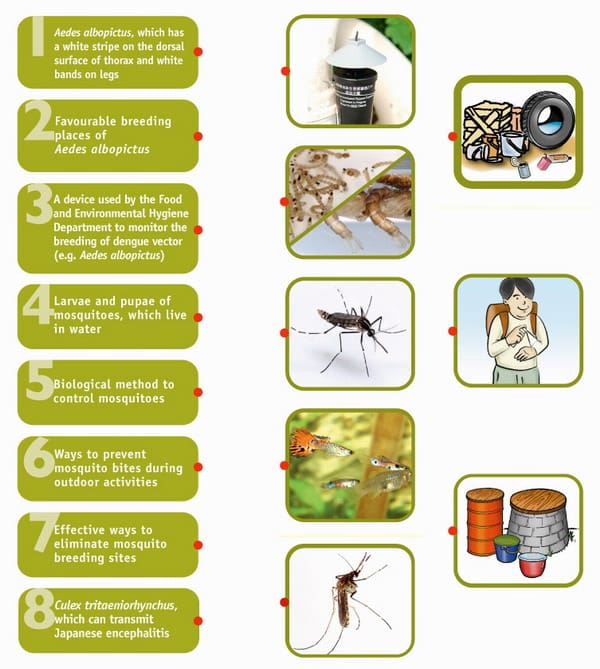
Mosquito-Borne Diseases
Mosquitoes are known vectors for various diseases that can cause serious illnesses and even death. Understanding common mosquito-borne diseases, their symptoms and treatment, as well as preventive measures, is crucial in protecting yourself and your family from these diseases.
Common Mosquito-Borne Diseases
Mosquitoes are capable of transmitting a wide range of diseases, including malaria, dengue fever, Zika virus, West Nile virus, and chikungunya, among others. These diseases can cause symptoms ranging from mild flu-like illness to severe and potentially fatal conditions. Being aware of the diseases prevalent in your area can help you take appropriate preventive measures to reduce the risk of infection.
Symptoms and Treatment
The symptoms of mosquito-borne diseases vary depending on the specific disease but may include fever, headache, joint and muscle pain, rash, and fatigue, among others. It is important to seek medical attention if you develop any symptoms after being bitten by a mosquito, especially if you have recently traveled to an area known for mosquito-borne diseases. Early diagnosis and treatment are crucial for preventing complications and promoting recovery.
Protecting Against Mosquito-Borne Diseases
Preventing mosquito bites is the most effective way to protect against mosquito-borne diseases. Practicing personal mosquito protection measures, such as using insect repellents, wearing protective clothing, and avoiding peak mosquito activity times, can greatly reduce the risk of exposure. Additionally, implementing mosquito control measures around your home and community can help minimize the presence of disease-carrying mosquitoes.
Vaccinations and Medications
In some cases, vaccinations or medications may be available for specific mosquito-borne diseases. Vaccines are available for diseases such as yellow fever and Japanese encephalitis, but not all diseases have specific vaccines. It is important to consult with healthcare professionals or travel medicine specialists to determine the appropriate vaccinations or medications based on your travel destinations and individual health status.
Consulting Healthcare Professionals
If you have any concerns about mosquito-borne diseases or experience symptoms after a mosquito bite, it is important to consult healthcare professionals. They can provide accurate diagnosis, recommend appropriate treatment, and offer guidance on preventive measures. Additionally, healthcare professionals can provide up-to-date information on disease outbreaks or travel advisories related to mosquito-borne diseases.
Indoor Mosquito Control
Mosquitoes can find their way into indoor spaces, making it essential to implement effective control measures to prevent their presence indoors. By using indoor mosquito traps, applying indoor insecticides, using mosquito nets and screens, maintaining indoor hygiene, and preventing mosquito entry, you can create a mosquito-free environment inside your home.
Using Indoor Mosquito Traps
Indoor mosquito traps can be an effective tool in capturing and eliminating mosquitoes inside your home. These traps use a combination of attractants, such as light or carbon dioxide, to lure mosquitoes and then trap them. Place the traps in areas where mosquitoes are commonly found, such as near windows or doorways, to maximize their effectiveness.
Applying Indoor Insecticides
Using indoor insecticides can help kill mosquitoes and prevent them from entering your living spaces. Select insecticides specifically labeled for indoor use and follow the instructions provided. Pay attention to areas where mosquitoes may hide, such as behind curtains, under furniture, or in dark corners, and apply the insecticide accordingly. It is important to use insecticides safely and keep them out of reach of children and pets.
Using Mosquito Nets and Screens
Mosquito nets and screens are essential in preventing mosquitoes from entering specific areas of your home. Installing mosquito nets over beds or cribs provides a protective barrier while sleeping, preventing mosquito bites. Screens on windows and doors help keep mosquitoes out while allowing fresh air to circulate indoors. Regularly inspect and repair any holes or tears in the nets or screens to maintain their effectiveness.
Maintaining Indoor Hygiene
Maintaining cleanliness and hygiene indoors is important in preventing mosquito infestations. Regularly remove any stagnant water sources inside your home, such as flower vases or pet water bowls, as even a small amount of water can attract mosquitoes to breed. Vacuuming and dusting regularly can also help eliminate any potential resting places for mosquitoes.
Preventing Mosquito Entry
Preventing mosquito entry is essential in keeping them out of your indoor spaces. Inspect doors, windows, and other potential entry points for gaps or tears and repair them promptly. It may be necessary to install door sweeps or weatherstripping to create a tight seal, preventing mosquitoes from entering. Additionally, reducing outdoor lighting near entrances can help minimize mosquito attraction and entry.
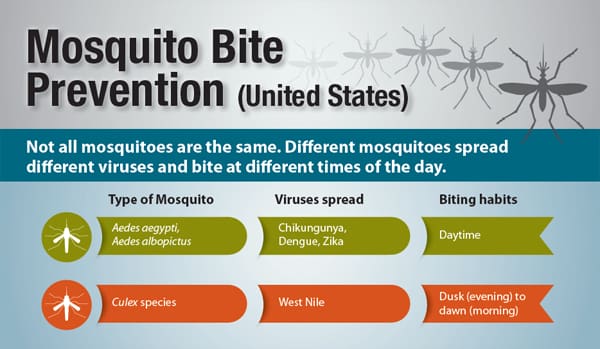
Outdoor Mosquito Control
Creating a mosquito-free outdoor environment is crucial in enjoying your outdoor spaces without the disruption of mosquito bites. By eliminating standing water, trimming vegetation, using outdoor mosquito repellents, installing outdoor mosquito traps, and designing mosquito-repelling landscapes, you can create a more enjoyable outdoor experience.
Eliminating Standing Water
Eliminating standing water is one of the most effective ways to reduce mosquito populations in your outdoor areas. Regularly empty and clean containers that can collect water, such as buckets, bird baths, and flower pots. Ensure that gutters are clean and free from clogs and that water flows away from your property. By eliminating stagnant water sources, you eliminate potential breeding sites for mosquitoes.
Trimming Vegetation
Overgrown vegetation provides shelter and hiding places for mosquitoes. Keep your outdoor areas well-maintained by regularly trimming shrubs, mowing the lawn, and removing any unnecessary vegetation. This reduces mosquito resting areas and creates a less appealing environment for them to inhabit.
Using Outdoor Mosquito Repellents
Using outdoor mosquito repellents can help create a mosquito-free zone in your outdoor spaces. Spraying repellents on vegetation, patio furniture, or other surfaces where mosquitoes may rest can help deter them. Additionally, consider using mosquito-repellent candles or torches that emit an odor that mosquitoes find unpleasant. These repellents can provide a temporary barrier against mosquitoes while you enjoy your outdoor activities.
Installing Outdoor Mosquito Traps
Outdoor mosquito traps can be used to capture and eliminate mosquitoes in your yard. These traps are designed to attract and trap mosquitoes, reducing their populations. Place the traps strategically in areas where mosquitoes are commonly found, such as near seating areas or around standing water sources. This will help minimize mosquito activity and allow for a more pleasant outdoor experience.
Designing Mosquito-Repelling Landscapes
Designing your outdoor spaces with mosquito-repelling plants and features can significantly reduce mosquito populations. Planting mosquito-repelling plants, such as citronella, lemongrass, and marigolds, can help create a barrier against mosquitoes. Additionally, incorporating features that attract mosquito predators, such as birdhouses or ponds, can help maintain a balanced ecosystem and keep mosquito populations under control.
Tips for Personal Mosquito Protection
Protecting yourself from mosquito bites is essential in reducing the risk of mosquito-borne diseases. By choosing the right mosquito repellent, wearing protective clothing, avoiding peak mosquito activity times, using mosquito nets while sleeping, and being mindful of mosquito habitats, you can minimize your exposure to mosquitoes and enjoy outdoor activities more comfortably.
Choosing the Right Mosquito Repellent
When selecting a mosquito repellent, it is important to choose one that is proven effective and safe for use. Look for repellents that contain ingredients such as DEET, picaridin, or oil of lemon eucalyptus, as these have been extensively studied and proven to repel mosquitoes. Read the product label for proper application instructions and follow them carefully.
Wearing Protective Clothing
Wearing protective clothing can provide an additional barrier against mosquito bites. Opt for long-sleeved shirts, long pants, and socks that cover your skin, especially during peak mosquito activity times. Light-colored clothing is less attractive to mosquitoes, so consider wearing lighter shades. Tucking your pants into your socks and wearing closed-toe shoes can minimize exposed skin, reducing the areas mosquitoes can bite.
Avoiding Peak Mosquito Activity Times
Mosquitoes are most active during dawn and dusk, so it is advisable to avoid outdoor activities during these times if possible. If you need to be outside during peak mosquito activity, take extra precautions by using mosquito repellents, wearing protective clothing, and staying in screened areas whenever possible. Planning your activities to avoid these times can significantly reduce your risk of mosquito bites.
Using Mosquito Nets while Sleeping
Using mosquito nets while sleeping provides a physical barrier between you and mosquitoes, preventing them from biting during the night. Ensure that the net is properly secured and covers the entire sleeping area, including the sides and bottom. Mosquito nets are particularly important in areas where mosquito-borne diseases are prevalent.
Being Mindful of Mosquito Habitats
Being aware of mosquito habitats can help you avoid areas with high mosquito activity. Mosquitoes are commonly found near standing water sources, such as ponds, swamps, or marshes. Avoid spending time in or near these areas, especially during peak mosquito activity times. When planning outdoor activities, choose locations that are less likely to have standing water or areas where mosquito activity is minimal.
By understanding mosquitoes, implementing preventive measures, and utilizing various control techniques, you can effectively manage and control mosquito populations in and around your home. Whether you choose natural or chemical approaches, it is important to prioritize mosquito control to protect yourself, your family, and your outdoor spaces from these bothersome and potentially disease-carrying insects.
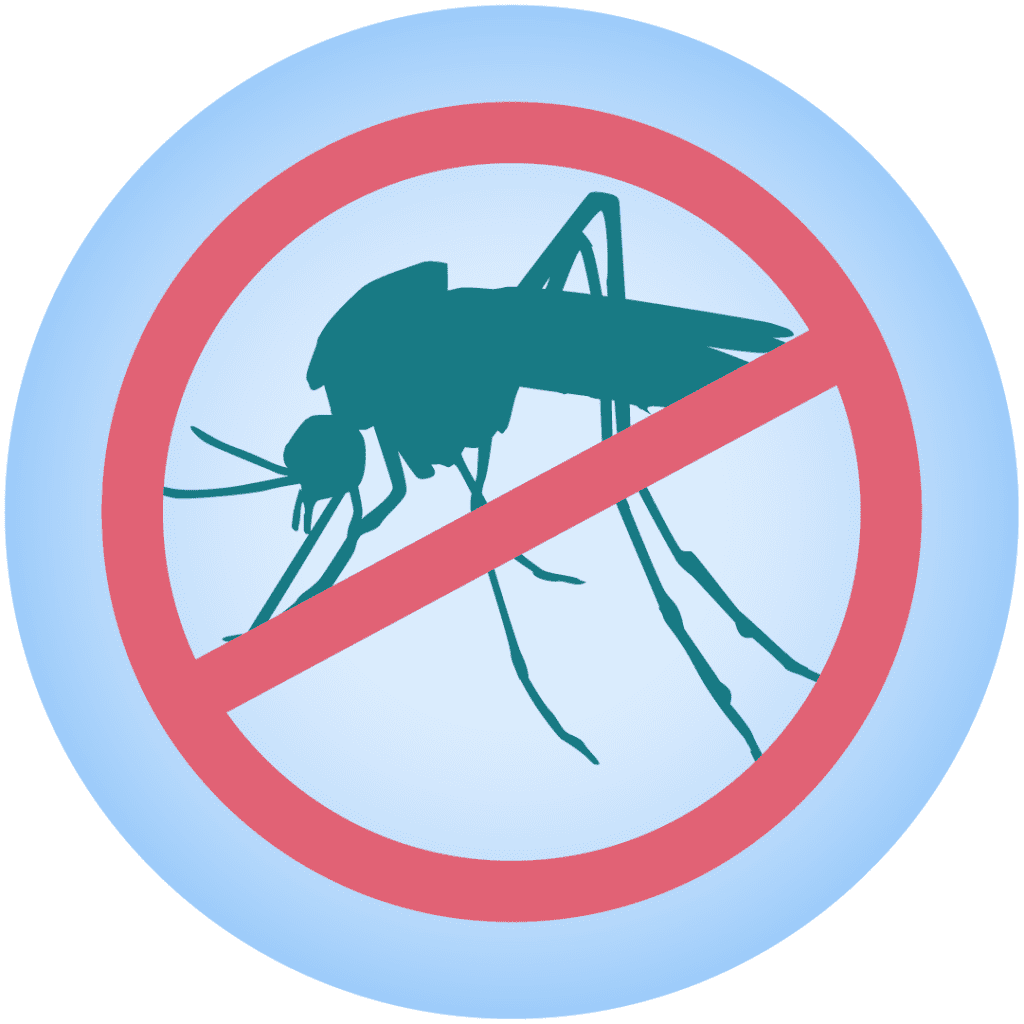

I am Randy, the author behind PestControld.com. Drawing from decades of experience, I aim to provide valuable insights, expert advice, and practical recommendations to help you make informed decisions when assessing viable pest control solutions.